#artist is carlo dolci
Text

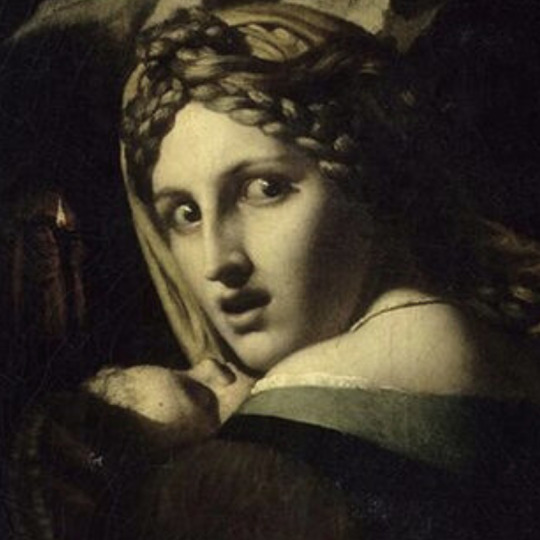
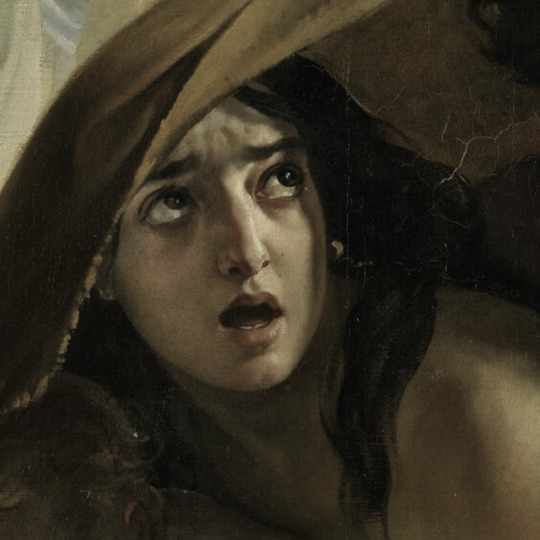
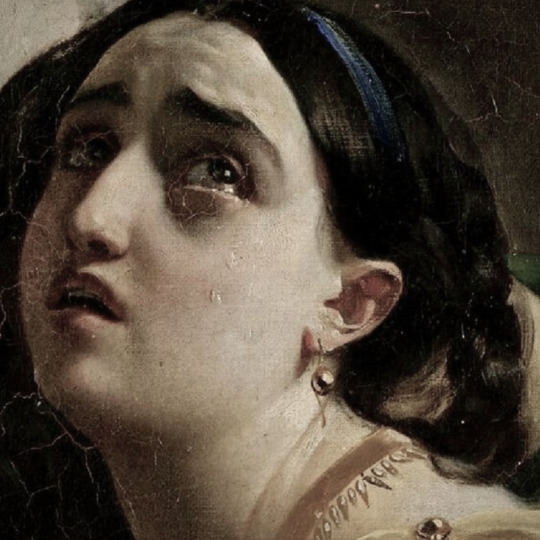

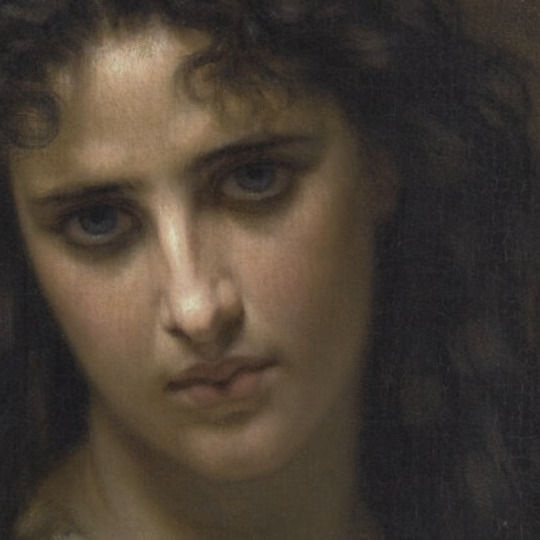




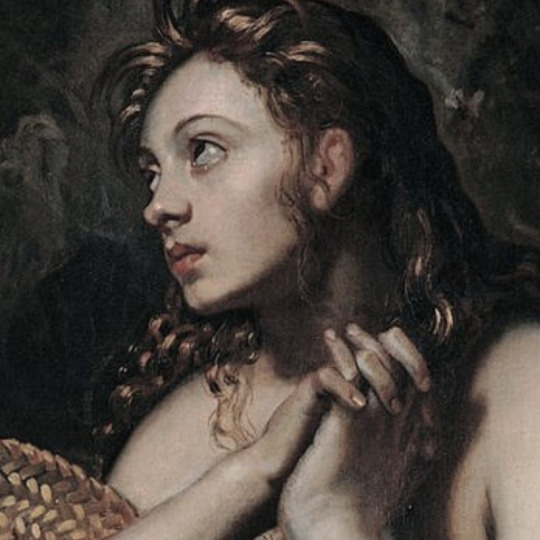



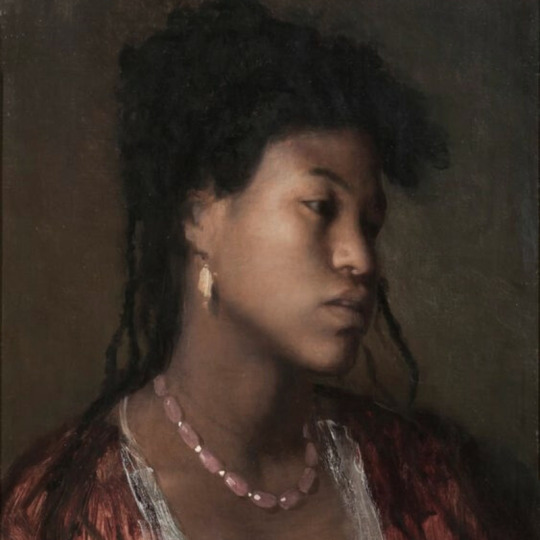
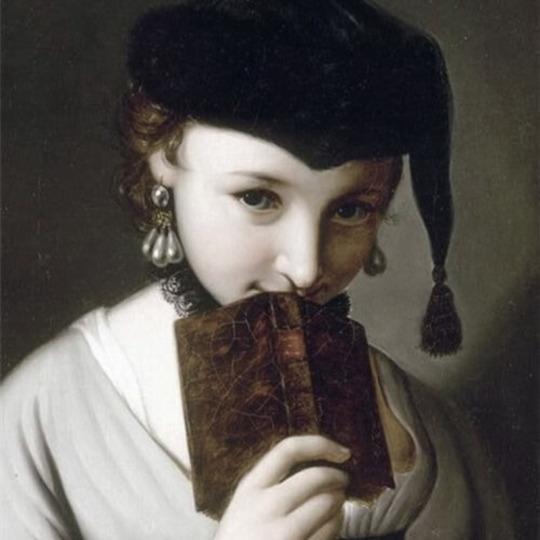
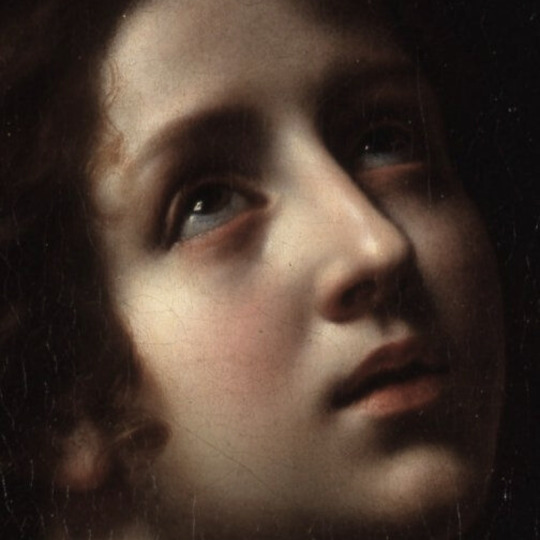
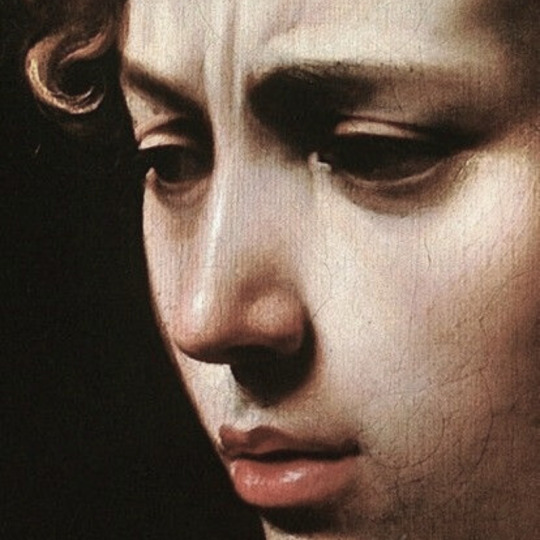
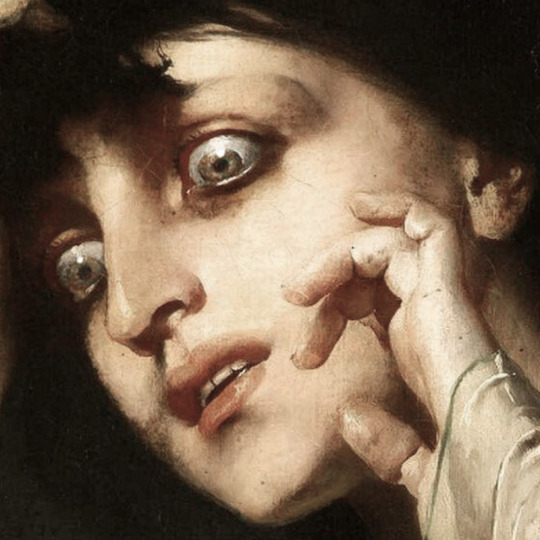

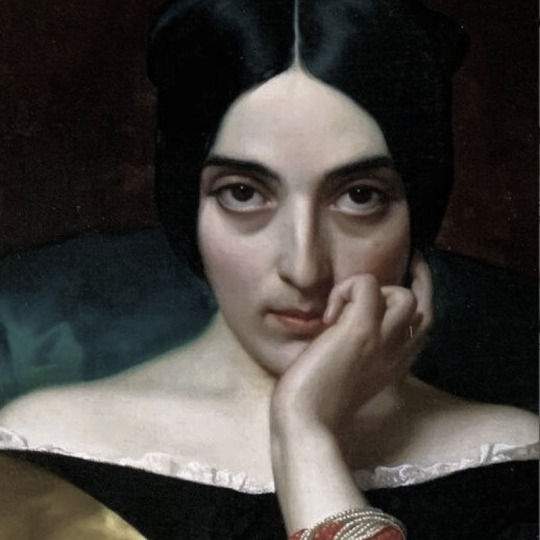
it's all in the eyes
#artist is hughes georges merle#artist is august wilhelm sievert#artist is karl brioullov#also by karl brioullov#artist is john everett#also by hughes merle#artist is ary scheffer#artist is paul hippolyte delaroche#artist is harold h piffard#artist is cesare saccaggi#artist is tintoretto#artist is frederick sandys#artist is sophie anderson#artist is unknown#artist is leopold carl muller#artist is pietro antonio rotari#artist is carlo dolci#artist is caravaggio#artist is jeno gyarfas#artist is jean-baptiste greuze#artist is henri lehmann#art history#art#artedit
3K notes
·
View notes
Text
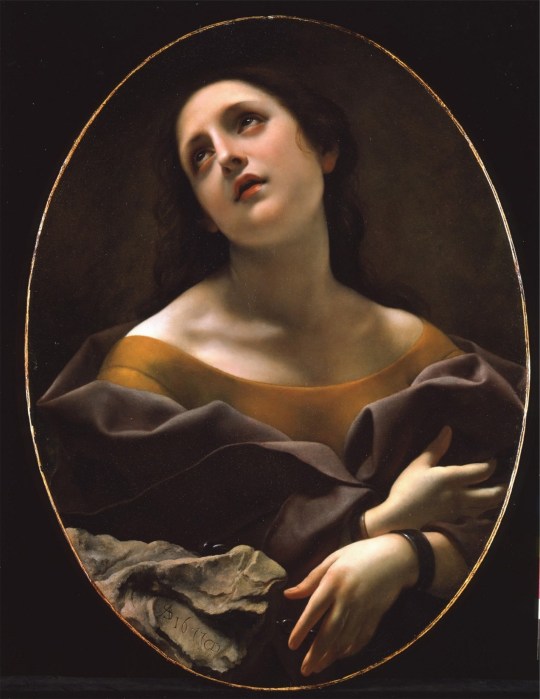
Carlo Dolci (Italian, 1616-1677) An Allegory of Patience • 1677 • Carlo Orsi Antichità
1K notes
·
View notes
Text
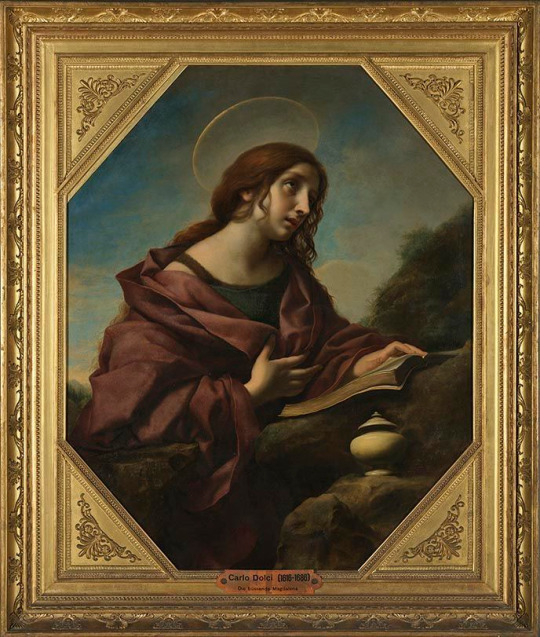
Carlo Dolci (1616-1686)
"Penitent Magdalene"
Baroque
#paintings#art#artwork#religious painting#female portrait#carlo dolci#fine art#baroque#italian artist#portrait of a woman#mary magdalene#painting frame#christianity#bible#1600s#17th century
185 notes
·
View notes
Text
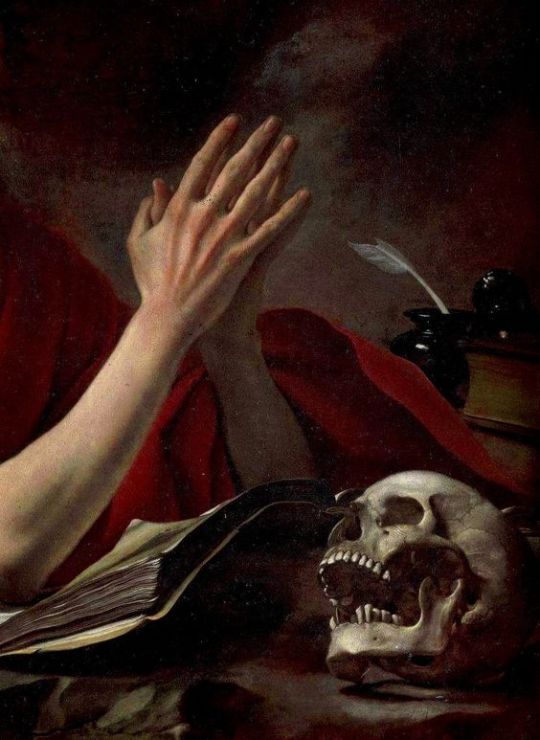
"I am a creature of grief and dust and bitter longings. There is an empty place within me where my heart was once."
— George R.R. Martin
Saint Jerome (Detail), 1655 - Carlo Dolci
#literature#quote#reading#writing#book#novel#author#writer#books#george r. r. martin#art#artist#painting#carlo dolci#saint jerome#detail#1655#creature#grief#dust#bitter#longing#empty#heart
7 notes
·
View notes
Text
11 Works, Today, May 25th. is Carlo Dolci's day, his story, illustrated with footnotes #143
11 Works, Today, May 25th. is Carlo Dolci’s day, his story, illustrated with footnotes #143
Carlo Dolci, FLORENCE 1616 – 1687The Penitent MagdaleneOil on copper20.3 x 26 cm.; 8 x 10 1/4 inPrivate collection
In this intimate copper, destined for private devotion, we find the Magdalene repenting in the wilderness, her alluring nakedness reminding us of her unchaste past. Her breasts are exposed and the blue folds of her robes reveal her leg up to the thigh in a scene that, for all its…

View On WordPress
#Annunciation#Art#Artists#Biography#Carlo Dolci#Fine Art#fineart#footnotes#History#Paintings#PENITENT MAGDALENE#Salome#Zaidan
0 notes
Text

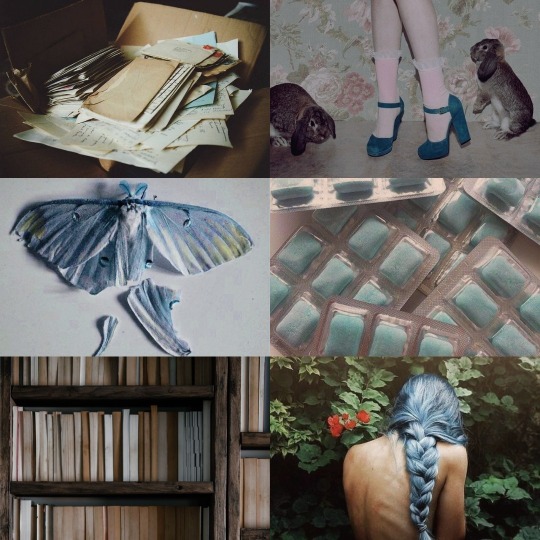
[tserriednich & neon; foils]
"papa once said that the one who knows the future owns the world. let's put his theory to the test."
"you want the eyes? i'll gift them all to you. after the voyage is over." just like papa, tserr wants not only a monopoly on her gift but a whole world, to squeeze it in the palm of his hand and crush it like an overripe fruit, make it bleed.
"and the head? without it, my collection won't be complete." the things you do for the people you love.
"if you dance." tserr nudges her. neon's entire life is one endless list of rental contracts; unique gift, a true blessing, priceless on paper, a long-fixed price-tag in reality. miracle for sale.
"so that later you could justify a politically motivated murder with my name?" any long-term relationship, friendship especially, with someone like him is impossible without knowledge in art. it's nothing but a lucky coincidence for them both to be interested in a very niche type; private collections formed around humanity's cruel nature, devoted to the darkest corners of the human soul; events, large-scale or not, full of relics ready to be picked up; cold-blooded murders and hunger riots, revolutions and hundred-years-long wars, reformations and plagues, corpses embalmed so skillfully that they seemed alive, fragments of skeletons yellowed by time, all equally valuable, left for them to find and collect, to give the dead a second life.
"i don't need justifications for murder." tserr is a fair decade older than her, has enough eloquence to convince even his own brother that his love for art is a reflection of his philanthropist nature, his humanity. the only worthy member of the royal family. a gabon viper hiding among the foliage. "still, just imagine your portrait by the caravaggios of our time."
"i prefer the way dolci* saw her." neon has been playing poker since she was eleven; she's perfectly able to keep a neutral expression on her face, especially when she's face to face with someone capable of absolutely heinous doings, especially when she tells him no.
"dolci it is then. i'll find you one. there's a reason why kakin is primarily known for advanced technologies and artists." intellectual revolution meets high renaissance, sprinkled with religious persecutions and organized crime. what a country.
"i have a better offer: a head for a saved life. trust me, i'm a far better poet than a dancer."
*Salome with the Head of St John the Baptist by Carlo Dolci
#some translation practice#just besties joking about john the baptist#neon foils both tserriednich and alluka and she would be besties with both of them!#what do we say to a god of murdering a side character off-screen? NOT TODAY#neon is alive and well#and married#and still has terrible taste in men lol#hxh#eff writes#hunter x hunter#tserriednich hxh#tserriednich hui guo rou#neon nostrade#character aesthetics
7 notes
·
View notes
Note
top five historical art pieces? :3
we are going BROAD with this one
images and ranking under the cut because there is some mild gore
5. Tlatilco Figure Kissing a Dog

i SOBBED when i first saw this little guy . look at that . ancient people were just like us . it gets to me
4. The Blue Madonna, Carlo Dolci (1616-1687)

one of my favorites of all time . i have her as a print in my dorm room . she lives in my local museum . i could stare at her for hours
3. Woman With a Parasol facing left, Claude Monet (1886)

why is this image so little . anyway . much love , my favorite impressionist painting <3 i also have a print of her
2. David with the Head of Goliath, Caravaggio (1610)
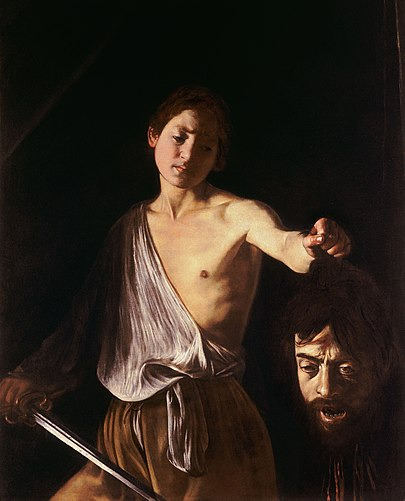
images that make me unbelievably sorrowful . carvaggio is so so sad to me all the time and i love him so much . its theorized that he painted himself as goliath's severed head and his lover as david .
Judith Slaying Holofernes, Artemisia Gentileschi (1614-1627)
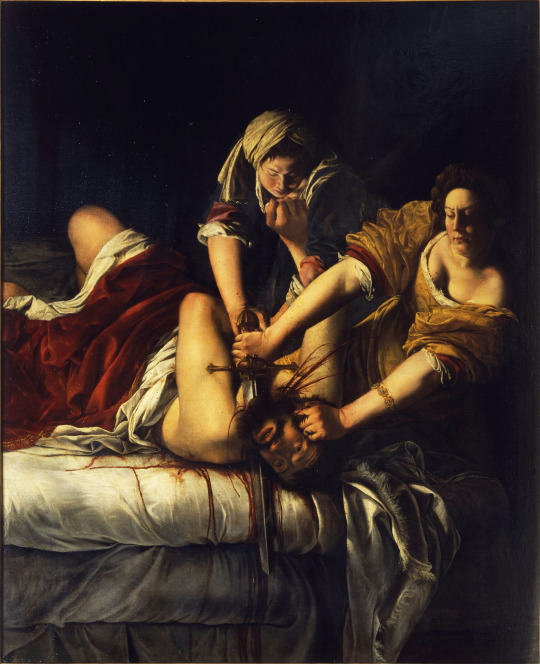
this is my favorite painting ever in the entire history of the whole world . (maybe. i have a lot of those . this is just the current one)
artemisia is one of my favorite artists. the GORE the LIGHTING the STRUGGLE in this one ???? oh my GOD . she put so much naturalism into the way that blood seeps into the fabric of the sheets that its genuinely off-putting to look at . its horrifying and bloody and INCREDIBLE
#ask meme#can you guys tell im an art history major#my top 5 artworks change from moment to moment so here are the current ones
7 notes
·
View notes
Photo

Carlo Dolci (Florence, 1616 - 1686)
Carlino
St Apolonia of Alexandría, 1670 [ unique edit ]
https://arthive.com/es/artists/1022~Carlo_Dolci/works/474344~Santa_Apolonia_de_Alejandra#show
https://www.researchgate.net/figure/St-Apollonia-by-Carlo-Dolci_fig3_327096172
#Carlo Dolci#Renaissance#St Apolline#Apollonia#teeth#torture#portrait#tools#symbol#religious#medical
4 notes
·
View notes
Text




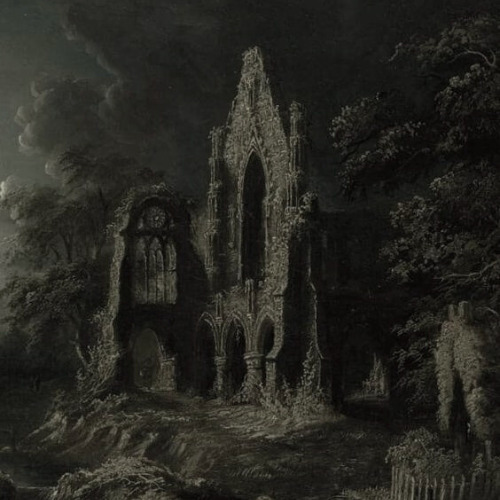





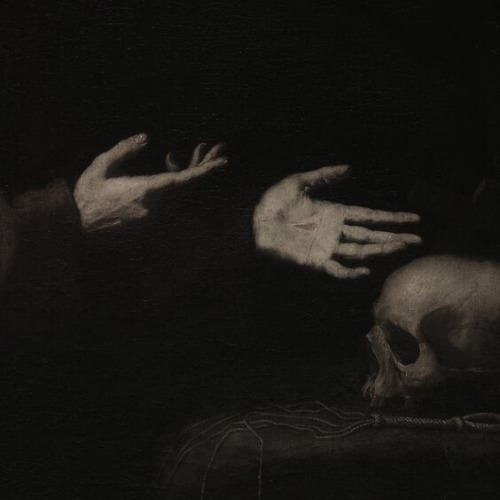
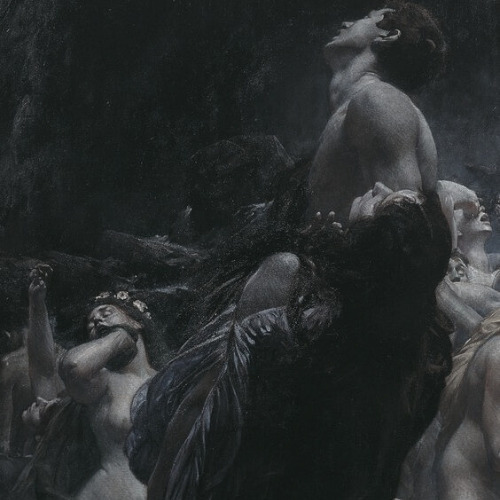
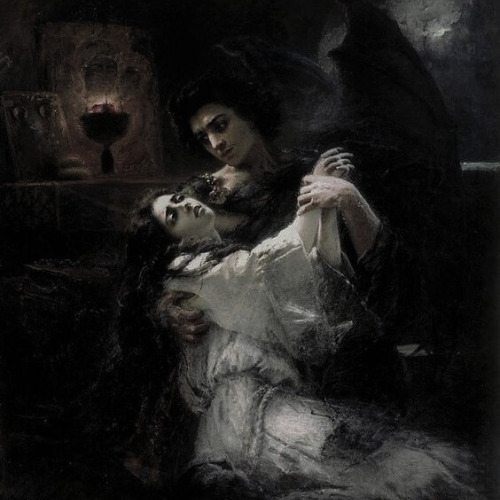


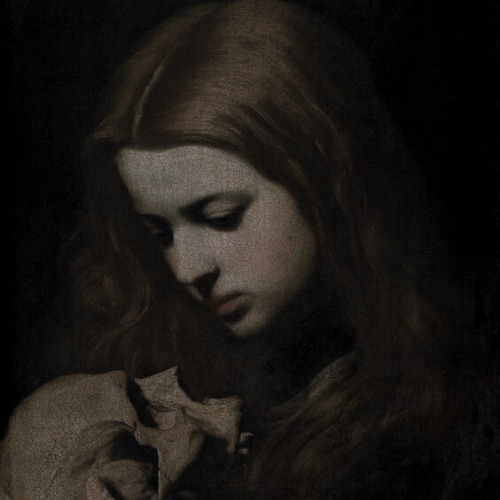


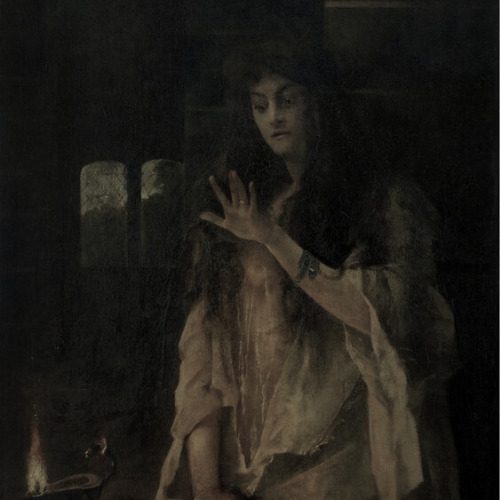
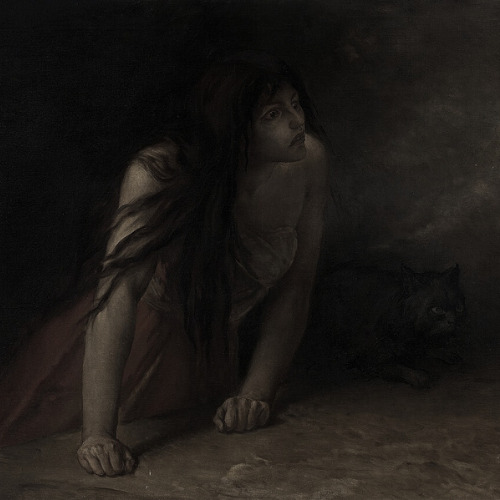


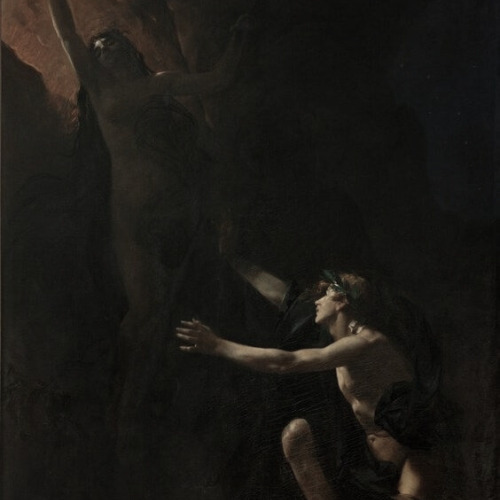


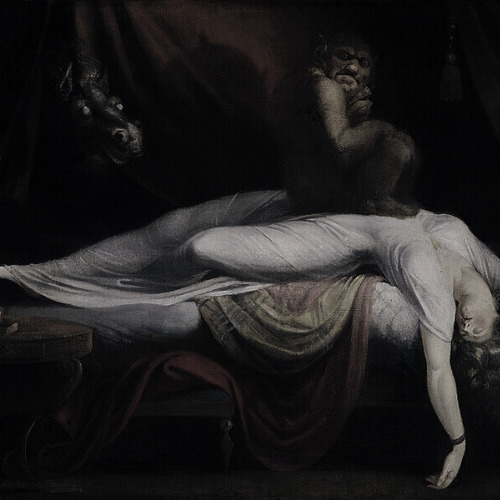

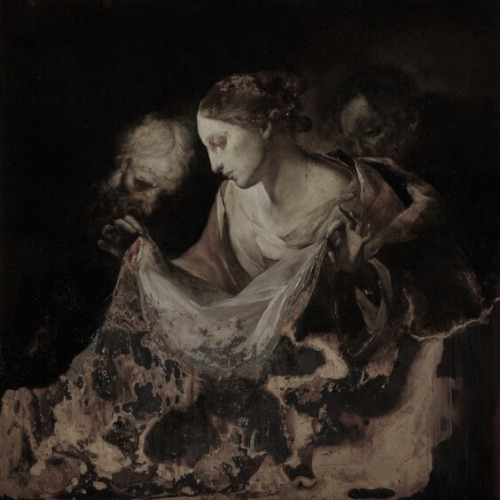

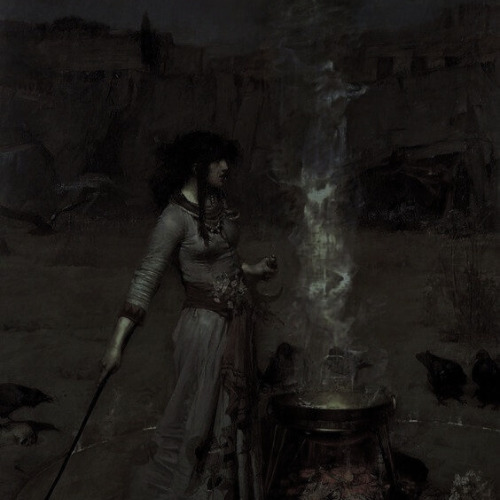
art aesthetics: gothic
#artist is carl gustav carus#artist is george roux#artist is carl gustav carus-#artist is ferdinand keller#artist is sebastian pether#artist is adolph von menzel#artist is daniel sayre groesbeck#artist is carlo dolci#artist is jose benlliure y gil#artist is pierre jean van der ouderaa#artist is jusepe de ribera#artist is adolf hiremy-hirschl#artist is jonstantin makovsky#artist is francesco cairo#artist is serafino macchiati#artist is jusepe de ribera-#artist is sir william nicholson#artist is henru fuseli#artist is alfred stevens#artist is jean-francois portaels#artist is cecco bravo#artist is piotr stachiewicz#artist is alexandre serres#artist is francesco del cairo-#artist is henri leopold levy#artist is henry fuseli-#artist is tintoretto#artist is nicola samori#artist is ferdinand knab#artist is john williams waterhouse
682 notes
·
View notes
Text

Carlo Dolci (Italian, 1616–1686) • Santa Catarina da Siena • 17th century • Dulwich College Picture Gallery, London
#baroque painting#carlo dolci#italian painter#italian artist#baroque art#art#painting#fine art#art history#17th century painting#religious painting
17 notes
·
View notes
Text
Art in the Real World
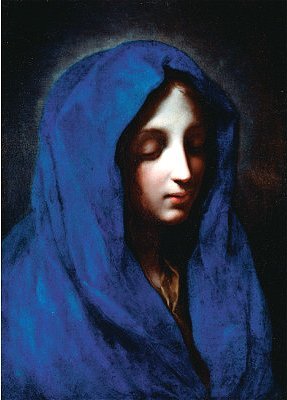
Title: Blue Madonna. ( Original title: "Mater Dolorosa")
Author: Carlo Dolci. ( Attributed by some to his pupil and cousin Onorio Marinari)
Italy, 1670s. Oil on canvas, Dimensions: 21" x 15.25"
Ringling Museum, Sarasota, Florida.
One of the most beloved paintings of the entire Ringling Museum collection, the Blue Madonna is a relatively small painting
(cm 53 X 39) by Italian Carlo Dolci, nicknamed "il Carlino", active in Florence in the second half of the 1600s. Even though the name of Dolci is not widely known, he was one of the leading painters in Tuscany of his time. Of course in his time, and in general during the Baroque period, the pulsating heart center of the art world was no longer Florence, but Rome.
The painting is a simple image of a very young Virgin Mary, in a very lush royal blue robe, and it reminds of El Greco and its use of color to represent spiritual life. Dolci once stated his "firm intention to paint only works that would inspire the fruits of Christian piety in those who saw them." The "Mater Dolorosa" ( "Mother in Pain" the original title of this painting ) is one of the mysteries more renowned in the Catholic teachings: it describes how during the Annunciation, when the very young virgin Mary was visited by the archangel Gabriel, she was told that she would be the mother of the Savior. She was also told of her Son's crucifixion to redeem the sins of the world. Therefore, the young Mary already had in herself the pain of the death of his son, to be suffered thirty-three years later. It is a very beloved image in Catholic iconography: even Michelangelo, in his Pietà, represented it with a very young Mary carrying the body of Her adult Son.
The beauty of this painting is in its simplicity. The light falling from above illuminates the downcast face of Mary which seems to emerge almost supernaturally from the rich fabric of the blue robe. The influence of Caravaggio in the use and the contrast of lights and darkness for dramatic purposes is evident. The gaze of the viewer is therefore magnetically attracted to the sorrowful face. A single, simple subject, in a dark background. Dramatic use of a single color and of lights and shadows. Uniformity at its best.
I love this painting. As a Catholic myself, and having grown up in a household where almost every room had a painting of the Virgin Mary, I connected immediately. Furthermore, being from Rome, I am quite familiar with the sensory spell that baroque art can emanate. This work of art gave me the strange feeling of looking at something never seen before, and yet familiar. The day I visited the museum, it was deserted. I had all the time to observe closely the masterful brushwork of the artist.
Dolci, I discovered, was painstakingly slow in completing his works, and because of the critiques of his contemporaries, he fell into a deep depression. I wonder if the sadness of this painting is also a reflection of the painter's interior struggle.


0 notes
Text
youtube
Watch the American Climate Leadership Awards 2024 now: https://youtu.be/bWiW4Rp8vF0?feature=shared
The American Climate Leadership Awards 2024 broadcast recording is now available on ecoAmerica's YouTube channel for viewers to be inspired by active climate leaders. Watch to find out which finalist received the $50,000 grand prize! Hosted by Vanessa Hauc and featuring Bill McKibben and Katharine Hayhoe!
#ACLA24#ACLA24Leaders#youtube#youtube video#climate leaders#climate solutions#climate action#climate and environment#climate#climate change#climate and health#climate blog#climate justice#climate news#weather and climate#environmental news#environment#environmental awareness#environment and health#environmental#environmental issues#environmental justice#environment protection#environmental health#Youtube
6K notes
·
View notes
Text


For this assignment I chose to analyze the Mater Dolorosa, previously known as The Blue Madonna, 1670s painted by Onorio Marinari (Italian, 1627-1715). My boyfriend, John, has always told me how this work of art captures him every time he visits it. And through the process I took of deeply studying this piece I can see why that is. This painting can be found in the Italian Baroque Art section of The John and Mable Ringling Museum located in Sarasota. This painting is an oil on canvas and measures the image: 21 × 15 1/2 × 3/4 in. (53.3 × 39.4 × 1.9 cm) and frame: 30 1/8 × 24 1/8 × 2 1/4 in. (76.5 × 61.3 × 5.7 cm). Bequest of John Ringling, 1936. The reason I mentioned this to be previously known as The Blue Madonna is because this piece was once attributed to the great Carlo Dolci. Upon further research by the Ringling Museum, it was learned that this was painted by one of Dolci’s greatest followers and cousin, Onorio Marinari. Dolci and Marinari had a remarkably comparable way of producing art that portrayed a great balance between melancholy and sweetness to their pieces. In the Mater Dolorosa, we see a beautiful portrait of Mary wrapped in a royal blue robe. An emphasized color that would capture the eye of anyone strolling through this exhibit. Which would easily allow for this painting to be one of the most visited works of art in the museum. Blue became associated with the Virgin Mary in the early 5th century and the color signifies her role as the new ark while representing peace, tranquility, and the divine. In this painting we can appreciate how Mary is illuminating from the inside out. Her face was captured in such a soft way that she almost resembles a porcelain doll. I could physically feel the spiritual glow of her aurora just by looking at her. Marinari did a stunning job of using the effect of chiaroscuro in this piece through dark shadows of the background and luminescent light shining down on Mary’s face. The slight touch of highlight added on top of her head makes it look like a halo is being cast over her. How incredible that there is only one subject matter to this piece, yet there is such a wide range of emotions to feel in the simplicity. This artwork tells me that the artist, Marinari, is a religious man who wanted us to view Mary in a soft and innocent lighting. He might have even wanted us to feel sympathy for Mary and the melancholy she felt. I say that because the Mater Dolorosa means “the Virgin Mary sorrowing for the death of Jesus Christ.” Based on everything that I have learned from the artwork and the artist, this is an important piece to society and to the world. This is because the world needs spiritual enlightenment and awakening. We need pieces like this to help us feel emotions that are greater beyond our own understanding. That is where the truest form of peace and purpose can be found. And I believe it to be a hope from Marinari, that we would not only view his artworks as a skill but that we may look through it to understand the emotions he was trying to convey to us.
0 notes
Text
Virtual Sketchbook 3
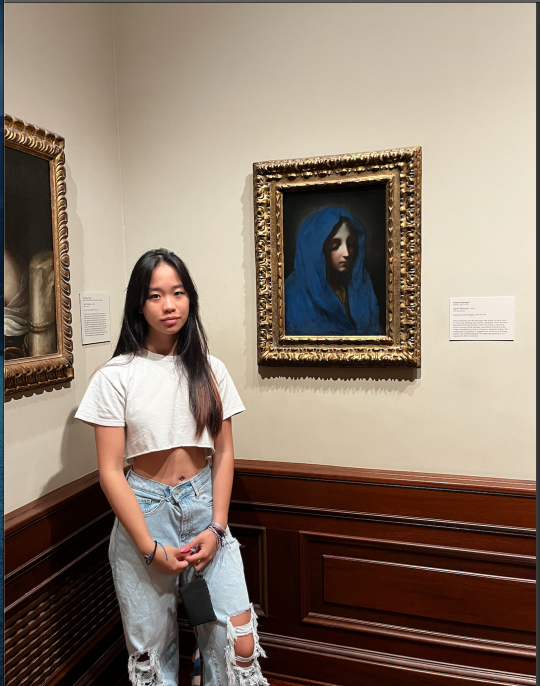

Mater Dolorosa was created in the 1670s by Italian Onorio Marinari using oil on canvas. The piece is 21 x 15 1⁄2 x 3⁄4 inches. It features a depiction of the Virgin Mary on a dark black background, wrapped in a stunningly vivid dark blue veil, with her pale face and rosy cheeks halfway obscured by a shadow. Her eyes are closed, and her face is peaceful. It is an extremely intimate, melancholy portrait of Mary. The entirety of the background is dark, and so her veil stands out greatly. The bold blue highlights the powerful presence of the subject. Her pale face accented by rosy cheeks and lips does as well. Those colors contrast greatly with the background. I think the best word to describe this piece is dramatic.
This work evokes a feeling of calm. It sets the viewer in a pensive, thoughtful mood, evoking the urge to reflect and confess. The intimacy of the portrait is what ultimately spurs these feelings, Mary’s closed eyes and peaceful expression does remind the viewer of their own mother, a safe person.
This piece was originally attributed to Carlo Dolci, an artist of the Baroque period. However, recent scholarship has instead suggested that this may be the work of his most famous pupil, Onorio Marinari. The true identity of the artist is still up for debate; however, I believe the intentions are quite clear. As Dolci has stated that he has a, “firm intention to paint only works that would inspire the fruits of Christian piety in those who saw them." I believe Marinari would hold a similar opinion. When saints are painted in this composition, the intended purpose of the work is usually to be used for private devotion and prayer in the home. The otherworldliness, yet homeliness, of the painting would make sense in that regard. It has an intimacy that inspires devotion.
Of all of the works that I viewed at the Ringling Museum, this one is the one that stood out the most to me. As beautiful and detailed as so many of the works were, they almost seemed to blend together after looking at so many. They are unique of course, and absolutely beautiful, but non caught my eye the way Mater Dolorosa did. It was hung in a smaller room, with a few other paintings of a similar style and composition. Yet, none evoked the feeling this did. I am not deeply religious, but this painting drew my eye. It is beautiful in its simplicity, the lush blue unforgettable in the mind’s eye. The color contrast achieves great emotional engagement. I think this painting chose me more than I chose it.
0 notes
Text
Virtual Sketchbook 3
The art I selected is the Mater Dolorosa/Blue Maddona by Onorio Marinari. It is oil on canvas and 21 × 15 1/2 × 3/4 inches. It is a very dark and melancholy artwork this is why I was drawn to it. Next to other paintings that are full of movement, battles, and bright colors the Mater Dolorosa stuck out like a sore thumb. Compared to other portraits the Mater Dolorosa sticks out. Most likenesses are bold and make the person they are painted of stick out and look like royalty this is the opposite of the Mater Dolorosa. The woman in the Mater Dolorosa looks like she is trying to hide or not be painted. It is composed of dark colors such as dark blue, black, and grey. The use of such dreary and dark colors contrasts the pale skin and light hair. The most used shapes in it are curved lines to portray fabric lightly draped on the upper half of the woman's body and to make the soft features of her head and face. The artwork made me feel downcast and sorrowful. Even though I was in a well-lit room with many other people I felt alone and like I was also permanently trapped in the dark. It makes me feel this way because of how depressed and void of hope she looks as well as the dark and gloomy colors used. This painting was painted in the Baroque period and that is noticeable by the heavy shading in the painting as well as the emotion in it. It is a portrait of the virgin Mary and for a long time the work was attributed to Carlo Dolci but it was later found out to have been painted by Onorio Marinari. I feel like the world needed this art because there are many virgin Mary paintings and portraits but they all are bright, hopeful, and similar to each other the Mater Dolorosa changed this. Although I chose this painting because of how dark and grim it is there is no doubt a lot of skill, patience, and talent went into it.

Title: Mater Dolorosa/Blue Maddona
Date: 1670s
Artist: Onorio Marinari
Media: Oil on canvas

Wristband for proof.
0 notes
Text
Tuesday 1 October 1833
7
12 55
very fine morning F62° at 8 ½ am – at German – breakfast at 9 50 in ¾ hour - sat thinking of π-! let her take W.C- we should not be happy together now I have no confidence in her and she is vulgarish M. Christiani 6th lesson from 11 to 12 20 - M. de Hagemann seul called a little before one to take me to the picture gallery in the palace - admission 24 shillings = 2 ½ marks - about 900 pictures in 9 rooms - very few of the Italian school - many of the Dutch and Flemish schools - saw none that I particularly liked except a Madonna and a head of Xst by Carlo Dolcé [Dolci] and a head by Leonardo da Vinci - and a sculptor’s studio at Rome painted by a Danish artist of great promise who died last year at Rome - the perspective and painting excellent - everything seems reality - the fir-wood boards of the floor are inimitable – in the gallery from 1 to 2 30 – then M. de H- went with me to order a plate for my cards Madame Lister to be 5 dollars, and 100 plain white cards to be 14 schellings – M. Christiani told me this morning that he taught Mr. Barker French (to speak very well) in 4 months – he Mr. B- did not know one word of it before – his grand ball to the court and about 460 people at the hotel d’Angleterre did not cost quite 1700 dollars - - the master of the hotel and princess Christians’ maître d’hotel arranged it all – a nosegay presented to each lady on entering - home at 2 ¾ - to dinner at the de H-s today a party so dawdling and looking after things to put on ordered a remise today the 1st I have had - dressed - at the de H-‘s about 5 - Mr Peter Brown did not dine there
SH:7/ML/E/16/0118
as expected - but we had M. Sarmento the Portuguese chargé d’affaires and M. Arana the Spanish ditto and 2 Danish officers - very nice dinner – the dessert 4 dessert-dishes of fruit apples, pears, green grapes from out of the garden and preserved barberries (that we gathered on Sunday) and all the rest handed round – and not at all on the table except soup à la Julienne at first – roast beef, boiled turbot, mutton cotolette covered with bread crumbs vegetables hare apricot tart, cheese and then butter – 2 common green bottles of claret, and 2 decantes of Madeira, and 4 caraffes of water on the table, but the servant went round with the wine – just before or after the hare something in lemonade like glasses handed round (like rhum punch) neither Lady H- nor I took any – at dessert, some cakes handed round – coffee immediately on leaving the dining room – then Noyau handed round (did not take any) – the gentlemen staid till 8 ½ very agreeable which Lady H- had thought long - tea on the going away - and read our letters Lady H- had had one from Lady S- and I 3 pages and under the seal of ½ sheet (nice kind letter) from Lady VC- the C-s likely to be at Whitehall next winter joint concern with Lord S- going to Leamington to see his mother and sisters Lady H- took me to Madame Billé from 9 ½ to 9 48 to return her visit of the other evening and then set me down at home at 10 - the open caléche and I had no hat on - she evidently does not like Madame and seems as Miss Ferrall told me inclined to say not much good of the place court or people but I shall never enter into it she says the people envy their being able to do more than the rest can I think she has a bad temper and after all that he poor little man is the best of the two but she is all kindness to me she does not seem really happy probably the fault is in herself – at my German and wrote the last 19 lines till 11 55 very fine day – F62° at 11 55 p.m.
1 note
·
View note
